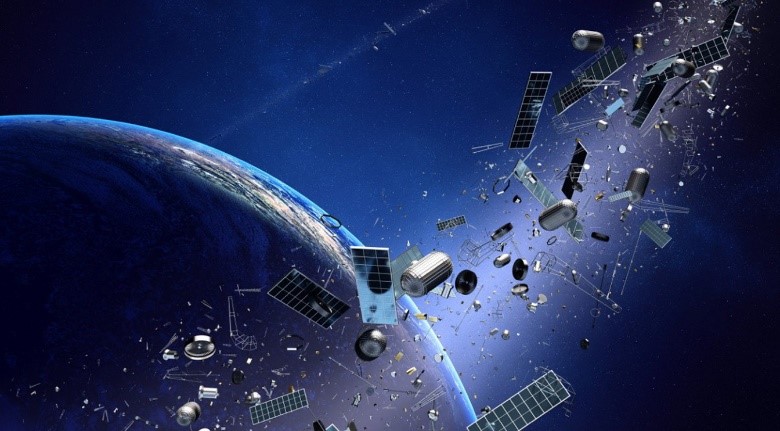
Progress v Pollution – Issues to consider before space travel becomes commonplace
There is no doubt that the amount of fuel required for a shuttle to be launched into space is astronomical. At lift-off, an orbiter and external tank carry 835,958 gallons of the principal liquid propellants – hydrogen, oxygen, hydrazine, monomethyl hydrazine and nitrogen tetroxide. – currently costing approximately £1,048,358. The impact on the environment has not, as yet, been adequately monitored but as the likelihood of space tourism looms larger then this is something that scientists know they need to start measuring.
When we think about the air pollution in cities today, we should bear in mind that every time a rocket launches, it produces a plume of exhaust in its wake that leaves a mark on the environment. These omissions are filled with materials that can collect in the air over time, potentially altering the atmosphere in dangerous ways. It’s not the gas in these plumes that’s most concerning. Some rockets do produce heat-trapping greenhouse gases, like carbon dioxide, but those emissions are negligible, according to experts. Instead, it’s tiny particles that are produced inside the trail that we need to watch out for. Small pieces of soot and a chemical called alumina are created in the wakes of rocket launches. They then get injected into the stratosphere, the layer of Earth’s atmosphere that begins six miles up and ends around 32 miles high. Research shows that this material may build up in the stratosphere over time and slowly lead to the depletion of a layer of oxygen known as the ozone. The ozone acts like a big shield, protecting Earth against the Sun’s harmful ultraviolet radiation. The magnitude of this ozone depletion isn’t totally known.
Martin Ross, a senior project engineer at the Aerospace Corporation thinks we need
 “more research in this area to know exactly what we’re putting into the upper atmosphere and in what quantities”
“more research in this area to know exactly what we’re putting into the upper atmosphere and in what quantities”
Other scientists agree affirming that it is especially important now since the private space industry is at the early stages of a launch revolution. Currently, the number of launches each year is relatively small, around 80 to 90, so the aerospace industry’s impact on the atmosphere is not much of a concern. Ross and his colleagues realise that as launches increase, policymakers will eventually want to know what kind of damage these vehicles are causing to the environment and if regulations are necessary. When that time comes, it will be better to have as much data as possible to make the best decisions.
Whilst thinking about pollution we should also consider another kind of space pollution – the debris left by man as we journey around space. According to NASA, as many as 170 million fragments of metal and astro debris surround the earth, including 20,000 pieces larger than a cricket ball, and 500,000 about the size of a marble. Old satellites, like Tiangong-1, are the biggest and highest-profile lumps of rubbish, but most of it comes from rocket parts and even lost astronaut tools. Size doesn’t always matter a fleck of paint, orbiting at a high velocity can cause huge damage – one such object cracked the Space Shuttle’s windscreen.
Moving forward this debris will pose a navigation hazard for many centuries to come. At least 200 objects roar back into the atmosphere each year, including pieces of solar panels and antennas and fragments of metal. All of them pose dangers for future astronauts and travellers: One plum-sized piece of gnarled space trash traveling faster than a speeding bullet could rip a five-foot hole into a spacecraft. And that collision, then, would hatch its own spectacle of shrapnel, which would join the rushing river of junk already circling the planet.
This is not a call for calling a halt to space exploration but a plea to let us learn from our mistakes on earth and treat this new environment with respect and concern.